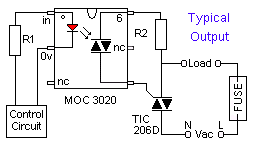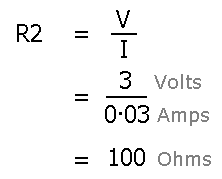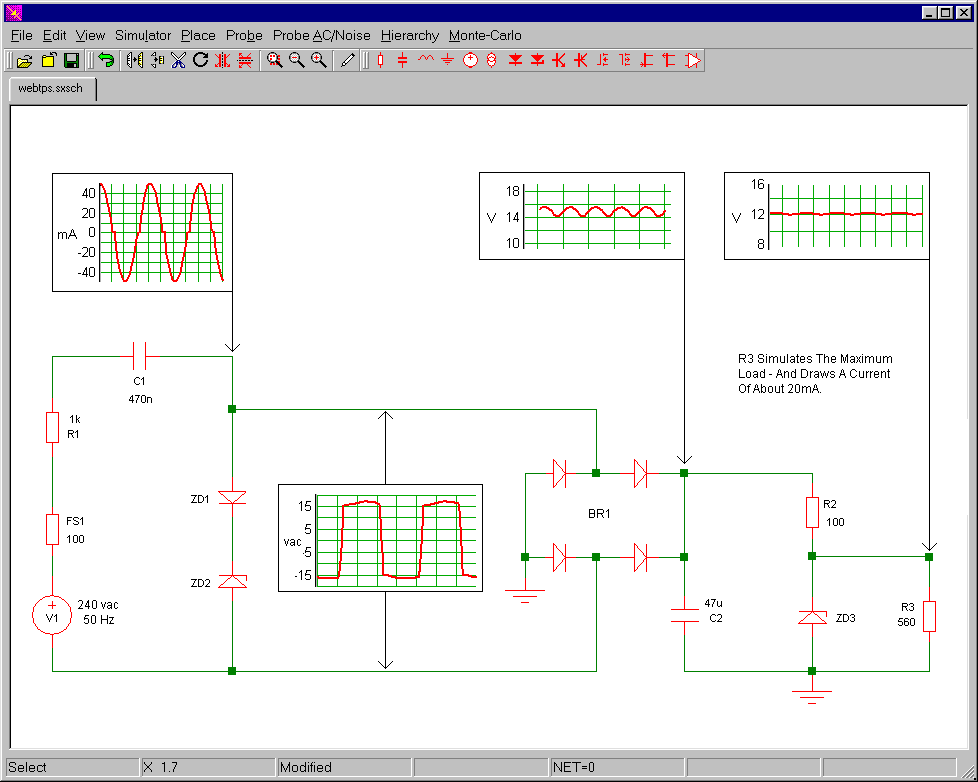
SUGGESTIONS
TPS - Support Material
PSU CIRCUITS
COMMENTS

SUGGESTIONS |
TPS - Support Material |
MORE PSU CIRCUITS |
|---|
| Transformerless Power Supply | The Rest of Ron's Circuits | Write To Ron | More Free-to-Use Circuits | Circuit Exchange International |
|---|



So Why Not Simply Use A 6k8 Resistor?
The power dissipated by the 0.47uF capacitor is lower than the power dissipated by a 6k8 resistor. This is because the current through the capacitor - is always out of phase with the voltage across it.
Watts = Current x VoltsBut the opposite happens with a capacitor. When the voltage across the capacitor is zero - the current through it is at its maximum. At this point the power dissipated by the capacitor is: Watts = Current x Zero = ZeroWatts = Zero x Voltage = Zero |



| Transformerless Power Supply | The Rest of Ron's Circuits | Write To Ron | More Free-to-Use Circuits | Circuit Exchange International |
|---|